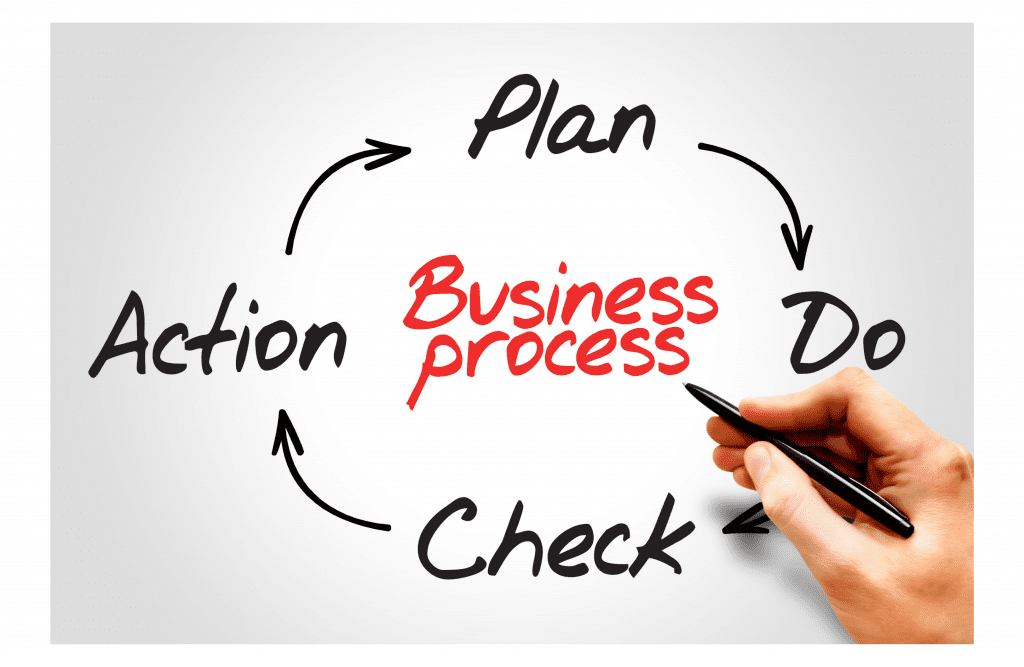Blog
Helping you create new processes – The 7 steps to follow

New processes that aren’t yet proven within a company need to be handled with care. Documenting them is the best way to keep track of aspects that work right and those that don’t.
Process documentation can help you understand the effectiveness and if your processes require some adjusting. A functional business process should be easily repeatable and reduced to the smallest number of steps to benefit company efficiency.
When it comes to automation, well-documented processes will be much easier to translate. However, documentation can take up significant time and effort, which is why the following steps will prove quite useful.
1. Define the Process
Naturally, the first step in documenting a process is precisely defining its purpose and the benefits it brings. You should have a clear idea of what the process will bring to the table, how it will be used, and when it will be necessary.
Once you’ve defined those essential aspects, name the process so that its function is evident from the title.
2. Determine the Scope and Boundaries
There should be an outline of everything that falls under the process and what’s excluded. The lines that define the scope of a process are sometimes blurred, which is why it’s crucial to make them as well-defined as possible.
Your process’s boundaries will further specify the details of the project’s scope. That’s why you should define the start and end points and signals according to the previously outlined aspects.
3. Define the Expected Results
It’s not enough to broadly determine what a process should do. You should also have particular results in mind and precisely explain what the process should produce.
When it comes to expected results, being as exact as possible will be essential in future testing and provide valuable insight for adjusting and optimising.
4. Identify the Resources
Once you know what a process does, what it entails, and what results it should produce, describe every resource necessary to get the expected result.
Make sure to note the primary and secondary resources and fill out the list with additional entries according to individual steps.
5. Plan and Organise the Steps
Discerning all necessary steps will require careful examination with a focus on functionality. Either start from the initial process trigger or the endpoint and work out the sequence step by step.
Once the steps are clearly defined, re-examine if each step is indeed necessary and follow each other in the best possible order.
6. Determine the Responsible Personnel
Note which person will be responsible for what task, referring to them by job title. Make each individuals role clear and understandable, leaving no room for different interpretations.
7. Predict Exceptions
Note every conceivable situation that could deviate from the process and specific tasks and outline the steps to take in such cases.
Of course, it might be impossible to think of everything. But the more exceptions you predict, the easier it will be to address them and adjust the process.
Make Your Process Well-Documented
With clear and detailed documentation, your processes will be understandable for everyone involved and easier to automate.
While it’s necessary to devote time and attention to documenting each process, following these steps will make the task more straightforward and future revisions more accessible.
Get in touch
Get in touch with us today to find out how we can help you create and document new processes to ensure your business is flourishing and growing – 028 8284 0162
